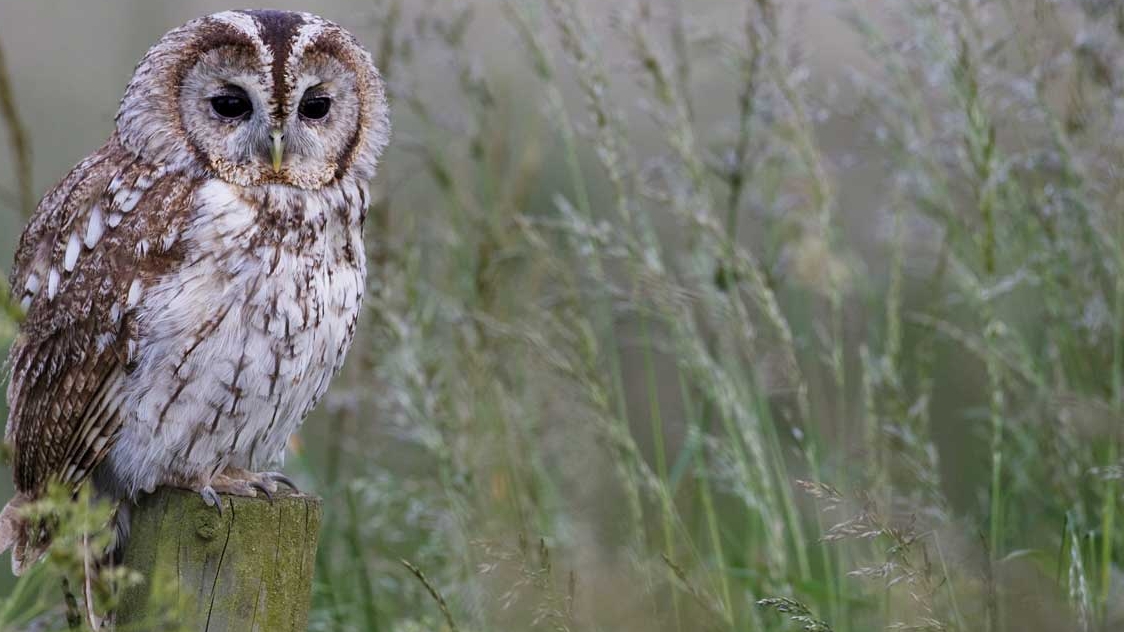Winter World
December
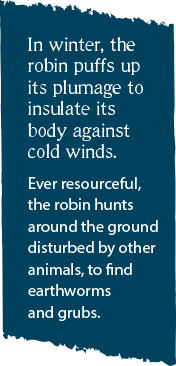
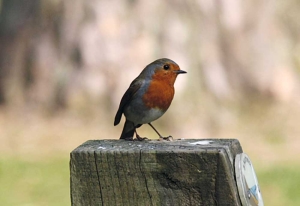
As the deciduous trees shed their summer foliage, animals begin their hibernation and migrating birds head off for warmer climes. Those that are left use their knowledge of the forests to survive and thrive.
In December the beautiful silvery white hoar frost covers deciduous branches and evergreen fronds. Brightly coloured berries stand out against the rich evergreen leaves. The harder berries such as haws, hips and holly berries provide an important source of food for thrushes, blackbirds, wood pigeons, fieldfares and many others.
January
January is a magical time as evergreen trees and shrubs take centre stage. Look out for the long pine needles, the flat needles of firs, the scale-like leaves of cypress and cedar species and the shiny waxy leaves of many evergreen shrubs.
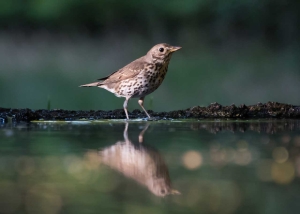
Keep your senses tuned for winter fragrances. Two groups of plants stand out during January, the Witch Hazels with its brightly coloured scented flowers and the Winter Box with small white flowers and a strong and distinctive fragrance. Both can be found along Main Drive and Circular Drive. Camellias, Hazel
 and Persian Ironwood will begin to flower towards the end of the month. There’s also a hint of romance in the air, as the great spotted and lesser spotted woodpeckers start drumming and male mistle thrushes and song thrushes sing on warm January days to attract a mate and establish territory.
and Persian Ironwood will begin to flower towards the end of the month. There’s also a hint of romance in the air, as the great spotted and lesser spotted woodpeckers start drumming and male mistle thrushes and song thrushes sing on warm January days to attract a mate and establish territory.
February
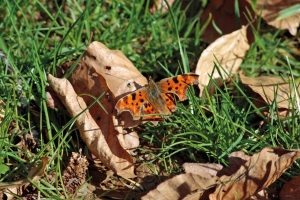

From mid-February to mid-March the Cornelian Cherry displays beautiful clusters of small yellow flowers, striking against its bare branches (K20, G25). Persian Ironwood also comes into flower, with crimson stamens standing out against chocolate coloured bracts (E22, E24). Tawny owls start to nest and may well have eggs by the end of the month. Bullfinches can be seen feeding on the new leaf buds of trees and bushes.
Have you spotted any winter wildlife at Westonbirt? Share your images on Facebook or email your photos to us at magazine@fowa.org.uk
